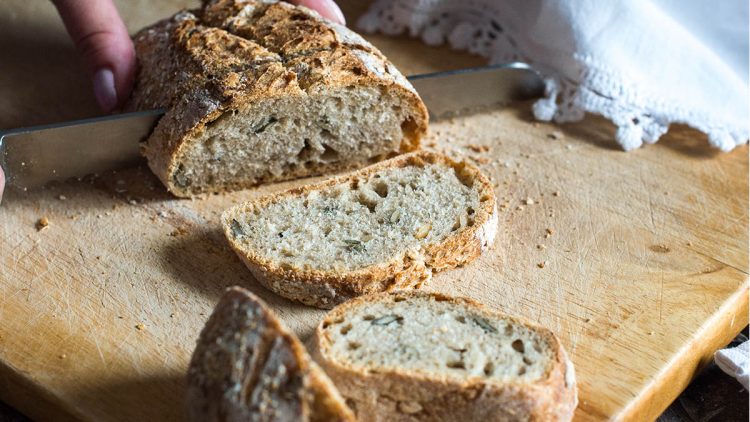As eating preferences continue to focus on healthier, more natural ingredients, the shift away from white and wheat flour traditionally used in cooking and baking can no longer be ignored. This not only includes the use of coconut, arrow root and almond flour, which have already penetrated the market, but will also grow to encompass more interesting fruit and vegetable flours (like banana!) into home pantries, with products like cauliflower flour in bulk.
“The biggest difference in flours is that it all comes down to protein,” says Allison Thomas, culinary standards director for Whole Foods Market. “The higher the protein level, the sturdier and chewier the end product will be. The lower protein levels are what provides the flakey texture.”
She explains that most of the flour we have in the U.S. is a mixture of high and low protein weight and they contain about 10% to 12% protein. This makes it flexible and able to meet you in the middle when it comes to cooking and baking with structure and texture.
Thomas said that while all grains can be ground to make flour, each grain does have its own characteristics. This, she said, needs to be taken into account when it comes to cooking and baking.
“The end product will range in texture from silky to very grainy,” she says.
Additionally, she adds, gluten-free flours can pose a challenge to those looking to recreate recipes that call for standard flours. Thomas said that in some instances, gluten-free flour will get the job done but in other more complex recipes, the outcome may not be as desired.
“Gluten-free flour rarely works like a standalone flour so if you’re using them in recipes where rising is less of an issue, like if you’re coating a piece of chicken or a piece of fish to pan-fry, it will be fine. But in breads and cakes, the results won’t be the same,” she says.
Using these flours may be a healthier alternative, but flavor profiles also need to be taken into account when using them, explains Thomas.
“First, you have to figure out if it’s a flavor you want to highlight or cover. In certain things, like gingerbread cookies, you can easily mask the flavor of an alternative flour with spices. But in something like a biscuit, you’re going to taste the almond, the coconut or the cauliflower,” she says.
Either way, one piece of advice she feels strongly about is using recipes that specifically call for alternative flours instead of modifying white- or wheat-based recipes for cooking or baking.
“People should really take the time to find recipes that call for those specific types of flours, because they may not take taste and cooking modifications into account. There are so many recipes out there for different types of flour that there shouldn’t be an issue finding a recipe that works,” Thomas says.

